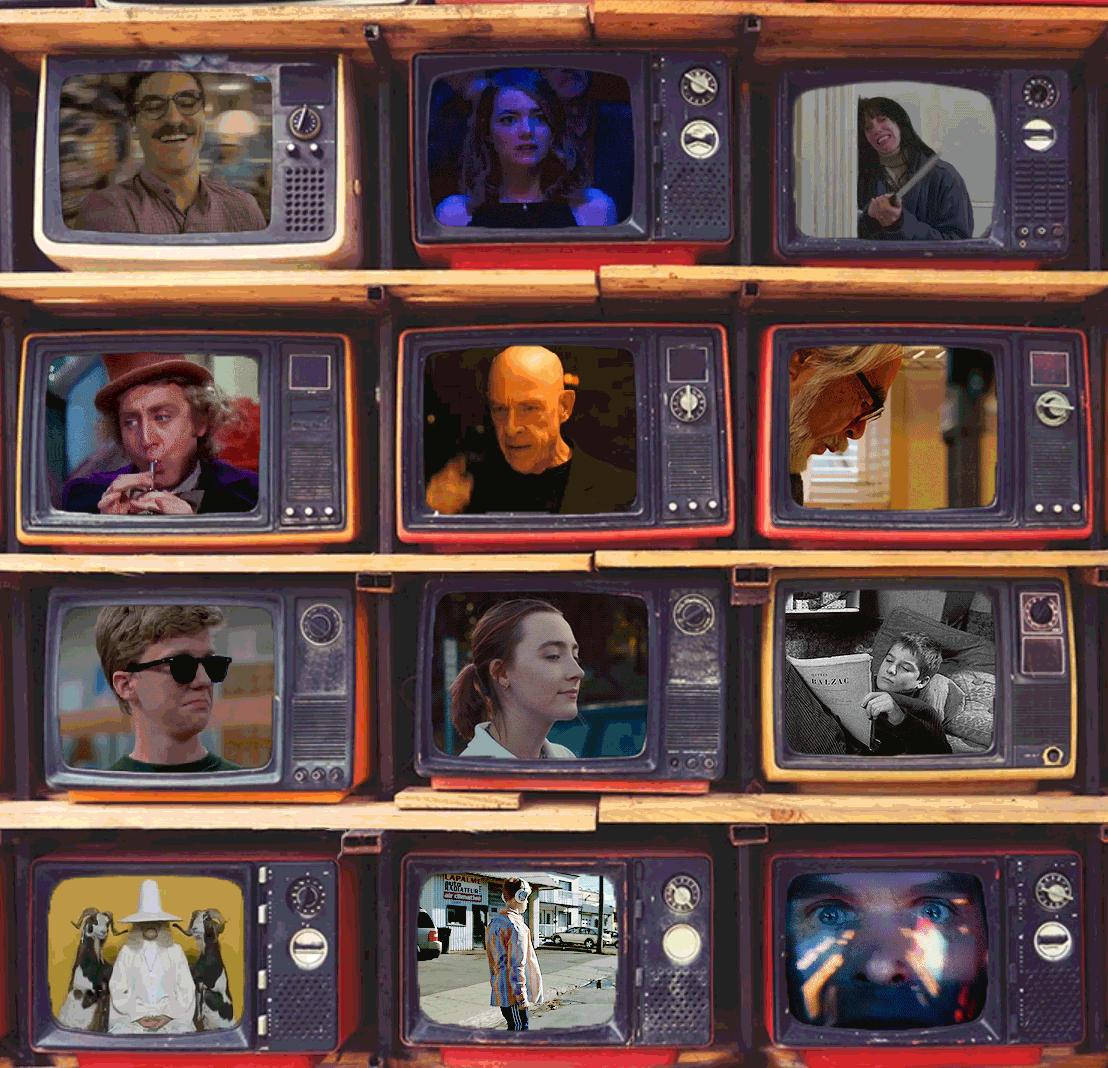New Media in Art: 232-240 Response
The final section of the book is devoted to virtual reality and the impact it will most certainly have on both art and culture as a whole. While the relevance of virtual reality art was not entirely clear at the time of this book's publication, we can gain a better understanding of what it has to offer to artists and viewers collectively today. While virtual reality, like most other technology that would come to be used by artists, had its start in the research center and academia, it is most commonly associated with video games today. It has been interesting to see virtual reality equipment become accessible to the everyday consumer as well. I remember when I worked at GameStop, I was able to watch the progression of virtual reality becoming an integral part of the way some people experienced digital art through video games. As developers found new and exciting ways to elevate the platform and advance the art form, the culture surrounding it expanded. The relevance of virtual reality in art will only continue to grow if artists continue to innovate and push the boundaries of what virtual reality can be. The book briefly mentions that virtual reality is not cinema: Why can't it be? It's not the thinking of those who draw distinctions between what virtual reality is capable of being that will allow virtual reality to take its potential place as the next big thing in art.
Virtual reality does successfully what the merging medium should do; it gives us another lens through which we can look at our own world a bit differently. However, virtual reality is a bit unique in that it has the capability of replacing our existing reality to some extent. The question of whether we will be able to distinguish our current reality with the virtual one is interesting, and it is one that has certainly been explored in many books and movies (Ready Player One probably being the most recent example). It makes me wonder if we are self-aware enough at this point to not allow this to happen, or are we destined to become inhabitants of a virtual world of our own creation?
Rush, Michael. New Media in Art. 2nd ed., New York, Thames & Hudson Inc., 2005.
Virtual reality does successfully what the merging medium should do; it gives us another lens through which we can look at our own world a bit differently. However, virtual reality is a bit unique in that it has the capability of replacing our existing reality to some extent. The question of whether we will be able to distinguish our current reality with the virtual one is interesting, and it is one that has certainly been explored in many books and movies (Ready Player One probably being the most recent example). It makes me wonder if we are self-aware enough at this point to not allow this to happen, or are we destined to become inhabitants of a virtual world of our own creation?
Rush, Michael. New Media in Art. 2nd ed., New York, Thames & Hudson Inc., 2005.

the honest thought about virtual reality is very like scary, but at the same time, it's been a long time coming. As for using it as an art element, it's incredibly creative, and a very good way of utilizing it's purpose for something other than "gaming", if that makes sense.
ReplyDeleteI think the idea of VR becoming cinema is very interesting. It creates an entirely different experience than what we have now. Now, some people use cinema to wind down, or relax, but the ability to possibly interact or be in the movie could change that entirely. I also think the questions you ask at the end are very valid, and things we definitely need to consider going into the future.
ReplyDelete